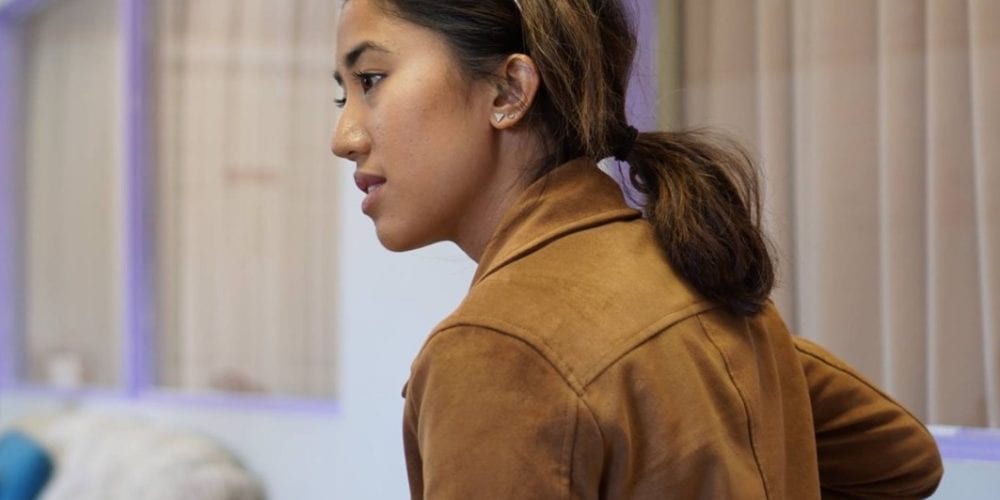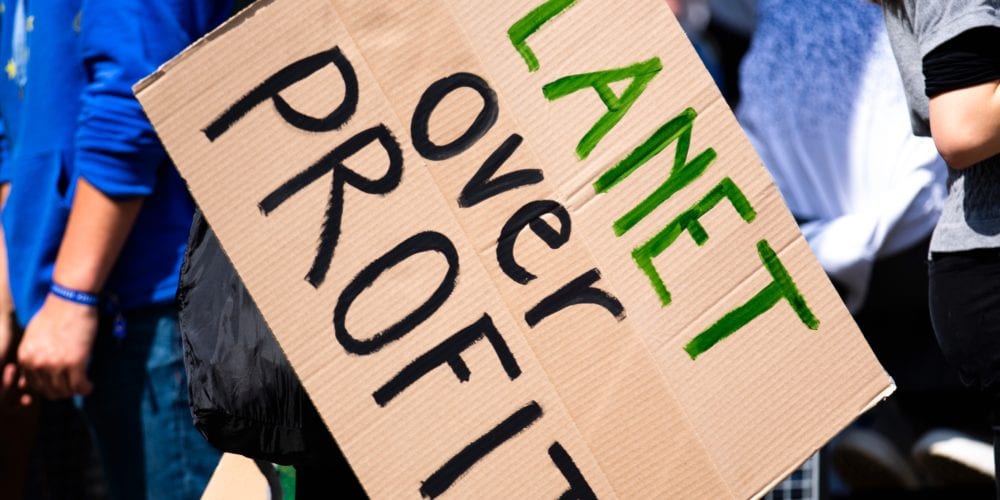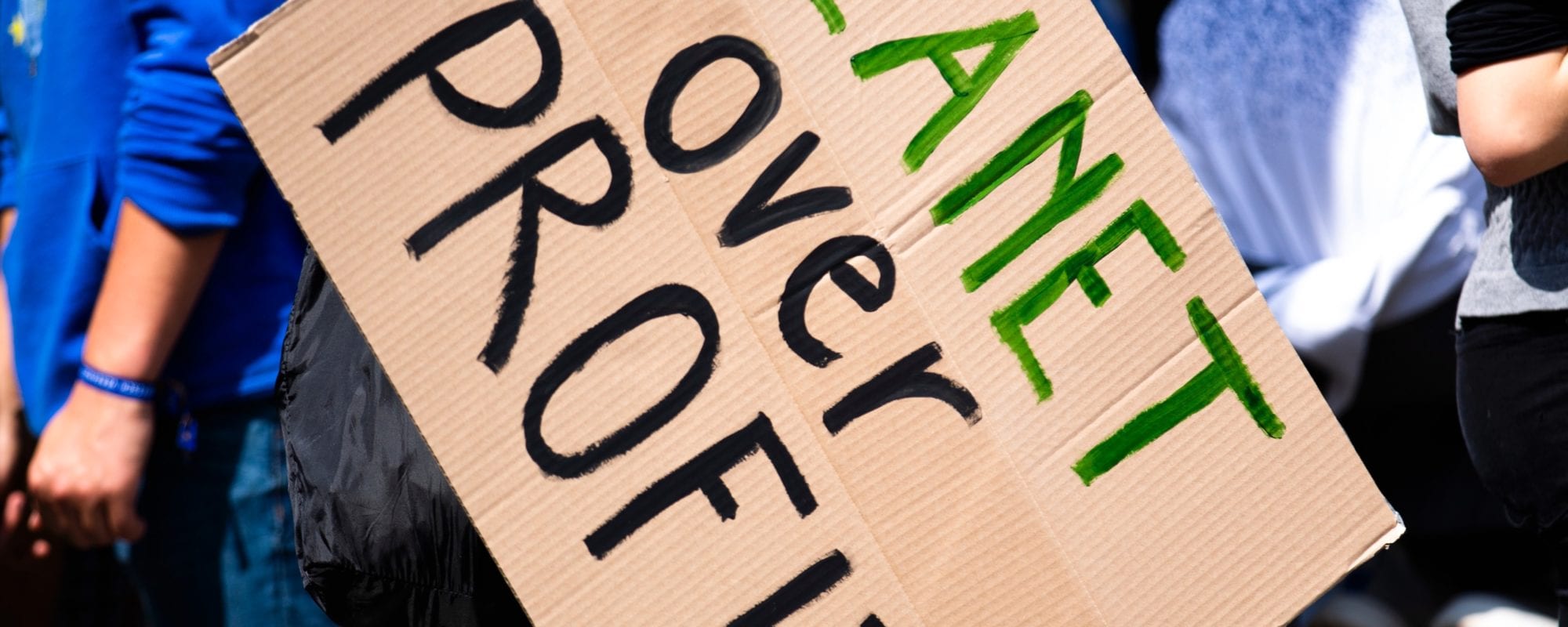How our mentor, Kat challenged her students to think about the impact in their action projects. And her final challenge to us.

The next step is impact analysis.
Students are expected to weigh the costs and benefits of their project ideas quantitatively to determine which action project to implement. “Quantitatively” is the keyword here. From my experience, I’ve found that students have a tendency to only apply a surface level impact analysis. They make many assumptions about which project idea is worth implementing. A decision based on this kind of thinking is often quite subjective, and relies too heavily on qualitative data: how it makes them and others “feel” as compared to what it actually does.
After brainstorming and building a consensus in the community, the students decided to focus on protecting their local watershed. They came up with several ideas such as hosting a bake sale to raise money for ocean conservation, initiating a school-wide watershed maintenance program, and purchasing a component of land for the school to protect and use for student experiential learning. Without conducting impact analysis, the students wanted to move forward with the bake sale because they assumed that they would be able to make a lot of money from it.
As our conversations progressed, I started challenging students about the costs. I asked them how many hours they would invest in the bake sale, and the profits based on the number of baked goods sold and the amount they would charge. The students estimated that they would spend around 3 hours each to bake and another 3 hours each to host the bake sale for a total of 18 hours invested in the project. However, when calculating the profits, the students expected to raise only $97.50 for their eco-fund, without even subtracting the cost of ingredients. This comes to $5.49/hour per student — substantially lower than the province’s minimum wage.

This was a wake-up call for the students. They recognized that “feeling a project’s success” is not the same as actually achieving success and impact. Shortly after, another student came up with an idea for a bake sale. But she came with an impact analysis to justify her project.
Her parents own a small bakery, and pay her a wage of $15/hour, and of her salary, she puts 50% of it into her eco-fund. She also proposed selling baked goods every weekend at a high traffic area, making around $250 in sales every month; this would go completely into her eco-fund. This means that every week, working 16 hours per week for both the baking and the selling, she would raise approximately $370, or earn $23.12/hour overall for her conservation efforts. In comparison with the first school, this was a much more viable operation than having each student earn less than $6/hour for their efforts.
Clearly, the second project plan yields a higher payback, for even less hours of work and for only one person rather than three. This is evidence that the success of a project is contingent on the context wherein it operates, and that the only way to determine impact is to quantitatively measure it. Why? You can’t manage what you can’t measure.
While this concludes my short segment as a writer on this forum, I want to leave you with a message. The high school youth we’re reaching across Canada are our next generation. This is not a grandiose opinion; it’s a fact. And I’ve met many of them. They’re sharp. They’re curious. They’re willing. And they deserve more from our last generation. We can’t expect them to lead and solve big, systematic problems, as if we ourselves didn’t have supporters and mentors leading and teaching us. And we can’t wait for them to get into top-tier postsecondary institutions – because many of them won’t.
We need to meet them where they are now. We need to empower and equip them with sustainability problem-solving mindsets and skillsets now. If we don’t want another generation obsessed with endless growth and profit and greed, we can’t limit teaching such skills to only profit-driven sectors.
It’s why I joined 3% Project – and it’s why I encourage you to join us – to empower and equip the younger students of my great generation to be leaders in sustainability and climate action to create the future we want.

